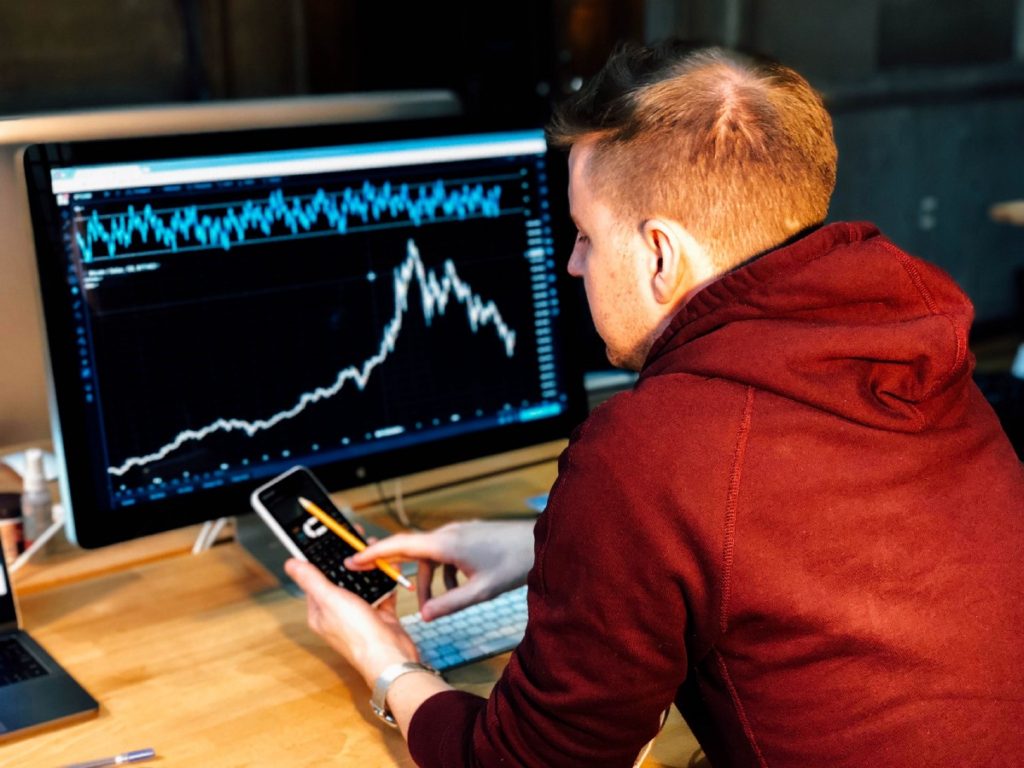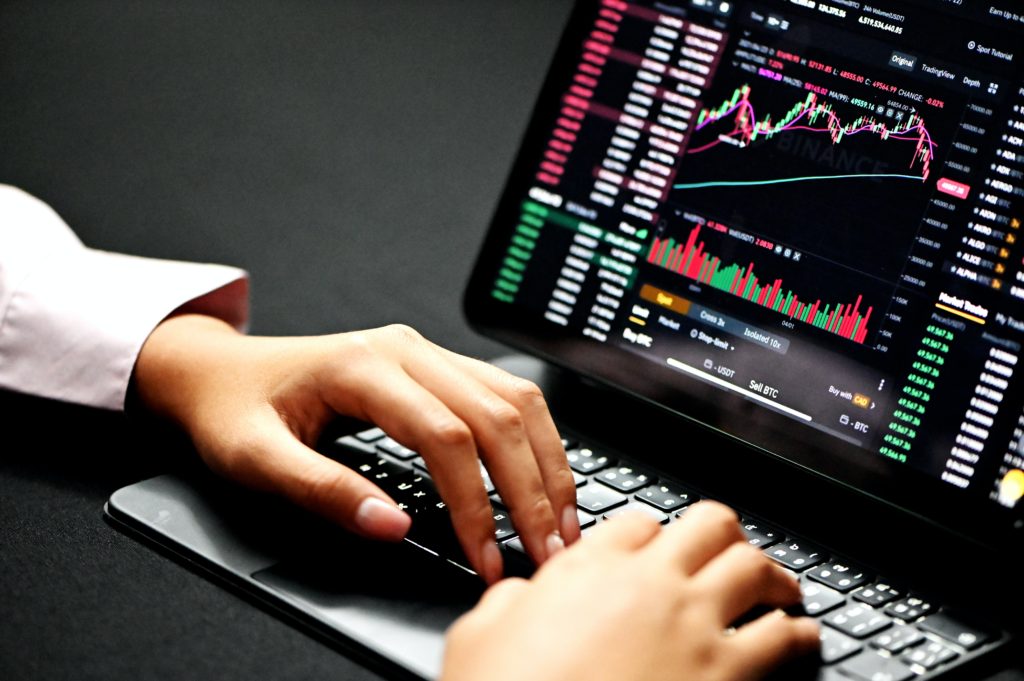Python is used to speed up trade, which is why it is also known as automated trading or quantitative trading. Python’s widely used libraries, such as TA-Lib, Zipline, Scipy, Pyplot, Matplotlib, NumPy, Pandas, etc., are to thank for this. Data analysis is the process of investigating the available data.
What is Automated Trading with Python?
Automated trading involves the capital markets by employing a computer programme to carry out pre-set deal acceptance and exit procedures. In-depth statistical analysis is combined with the development of position features including open orders, assured stops, and trailing stops by traders.
Auto trading enables us to complete several transactions quickly and removes emotion from our financial decisions. This is accurate because all the trade regulations are already included in our restrictions. We can even use our pre-planned strategies to keep an eye on trends and place trades in accordance with certain algorithms.

Automated Trading with Python is gaining popularity nowadays!
How does Automated Trading work?
We’ll begin by deciding on a platform and outlining the details of our trading strategy. Based on our trading experience, we’ll create a set of rules, and our custom algorithm will use the data to place bets on our behalf. The timing of the transaction, the price at which it must be initiated or completed the established automated trading approach will constantly monitor financial market rates, and transactions will be carried out automatically if certain criteria are met. The objective is to complete transactions more swiftly and effectively while making money off of technical market developments. d and the number are typically the deciding factors. For instance, “Buy 100 shares of Google whenever the 100-day moving average passes the 250-day moving average.”

Benefits of Automated Trading!
There are a lot of benefits to letting a computer watch the marketplace for trading activities and conduct the trades, including:
- Emotional Control
During the buying and selling, automated trading systems reduce sentiments. By holding emotions under control, traders often have a better time adhering to the trading plan. Traders could not pause or challenge the trade because trade instructions are performed automatically when the trade regulations are met.
- Back testing
Backtesting determines the feasibility of a concept by applying trade laws to previous market data. When building a framework for automated trading, all rules must be precise, with no room for ambiguity. The machine cannot make educated guesses and must be given specific instructions. Traders can use past data to evaluate these specific rules before risking capital in trading.
- Maintaining Discipline
Even in volatile times, discipline is maintained since market rules are formed, and trade operation is executed automatically. Emotional considerations such as being afraid of losing money or the urge to squeeze a bit more revenue out of a deal cause focus to be lost. Since the computer will carry out the trading strategy exactly as formed, automated trading aids in retaining discipline.
Many of the tedious aspects of trading are eliminated by automated trading with python. Without doing your own asset research or spending hours staring at technical charts, you may set up a system to trade equities, cryptocurrencies, and more. The greatest automatic trading platform is a must if you want to maximize your profits.
